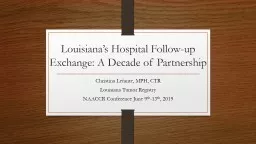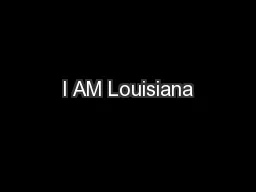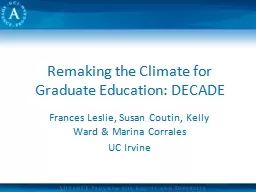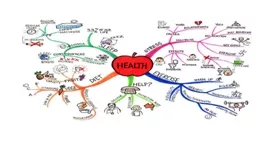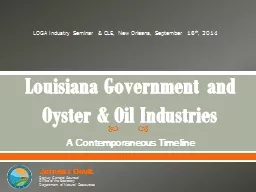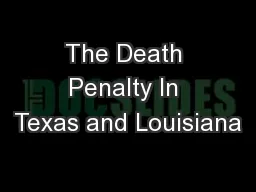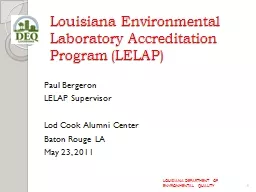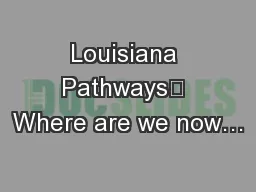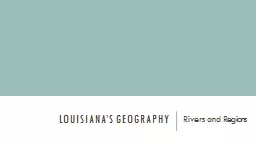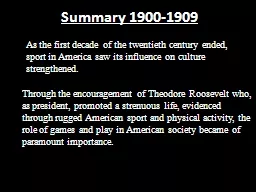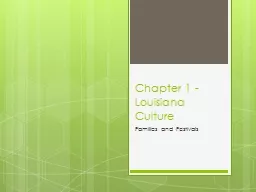PPT-Louisiana’s Hospital Follow-up Exchange: A Decade of Partnership
Author : groundstimulus | Published Date : 2020-06-15
Christina Lefante MPH CTR Louisiana Tumor Registry NAACCR Conference June 9 th 13 th 2019 Objectives Lay out the process implemented to establish an electronic
Presentation Embed Code
Download Presentation
Download Presentation The PPT/PDF document "Louisiana’s Hospital Follow-up Exchang..." is the property of its rightful owner. Permission is granted to download and print the materials on this website for personal, non-commercial use only, and to display it on your personal computer provided you do not modify the materials and that you retain all copyright notices contained in the materials. By downloading content from our website, you accept the terms of this agreement.
Louisiana’s Hospital Follow-up Exchange: A Decade of Partnership: Transcript
Download Rules Of Document
"Louisiana’s Hospital Follow-up Exchange: A Decade of Partnership"The content belongs to its owner. You may download and print it for personal use, without modification, and keep all copyright notices. By downloading, you agree to these terms.
Related Documents

